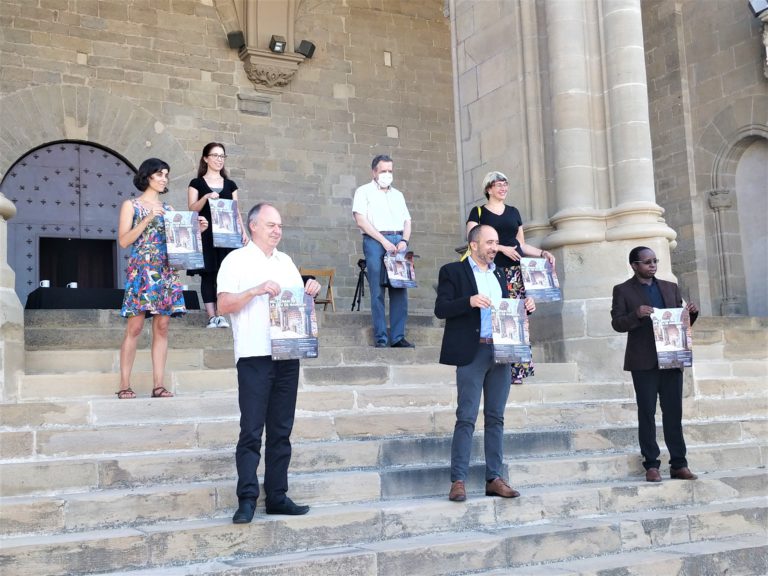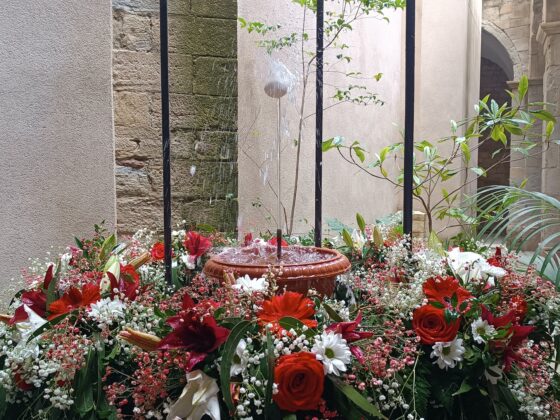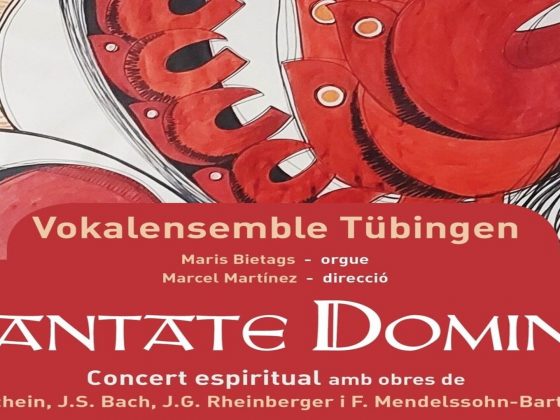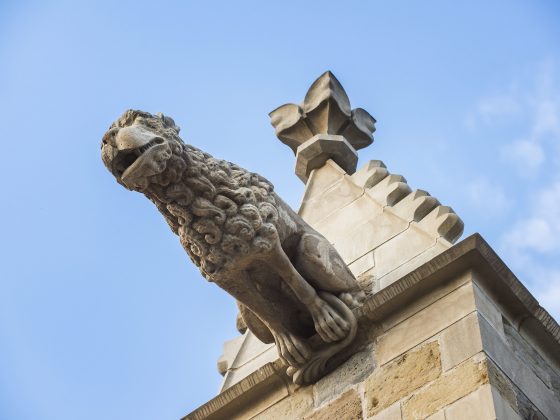The Seu of Manresa will celebrate the Millennium of its redotation with a program of events – which will begin this July and will last until next September – which will include a conference, a mass, guided tours in the evening, a festival of microtheater inside the temple, a cycle of Romanesque knowledge and the inauguration of the Espai Oliba, a physical vestige of the time that is commemorated.
This is the area that is currently called “Romanesque cloister” and was not open to the public until now.
The redotation of the Seu dates from 15 July 1020, when Bishop Oliba with Countess Ermessenda and her son Berenguer Ramon, visited Manresa with the aim of promoting the reconstruction of the city, redefining its boundaries and reorganize it around the church of Santa Maria.
This visit took place after the border situation in Manresa at the end of the 10th century led to the Saracen leader al-Mansur sacking, setting fire to and destroying the city.
In this destruction, the documents of Santa Maria made by Bishop Jordi were lost previously (in 947) and that is why in 1020 the extension and vicinity of the city and all the parishes were fixed again.
The construction of the Romanesque church began later, at the end of the 11th century.
There are several remains from this period, such as the Romanesque tympanum (sheltered in the cloister), the remains of the foundations (in front of the reception point), a Romanesque semicircular window and the Romanesque cloister, which from 15 July will be renamed ‘Espai Oliba’ and will be open to the public.
Next, Mete Codinach, recalled that for years the Cathedral has been working to make available to all residents and visitors the maximum resources to publicize its cultural and artistic heritage and explained all the events that make up the program, which will be carried out “with prudence and great enthusiasm.”
Finally, the Mayor of Manresa, Marc Aloy, closed the presentation by emphasizing the fruitful relationship that has been forged between the Bishopric of Vic, the Seu of Manresa and Manresa’s City Council with the aim of boosting the most relevant equipment in terms of heritage in the city. The mayor explained that the temple has been opening in the city and that it has already been the scene of events at the Fira Mediterrània or Manresa Capital of Catalan Culture 2018, among others, and recalled that at the end of this July, the Sons del Camí music cycle will take place, with Ferran Palau and Roger Mas, among others.
You can check the program of events of the celebration here.




